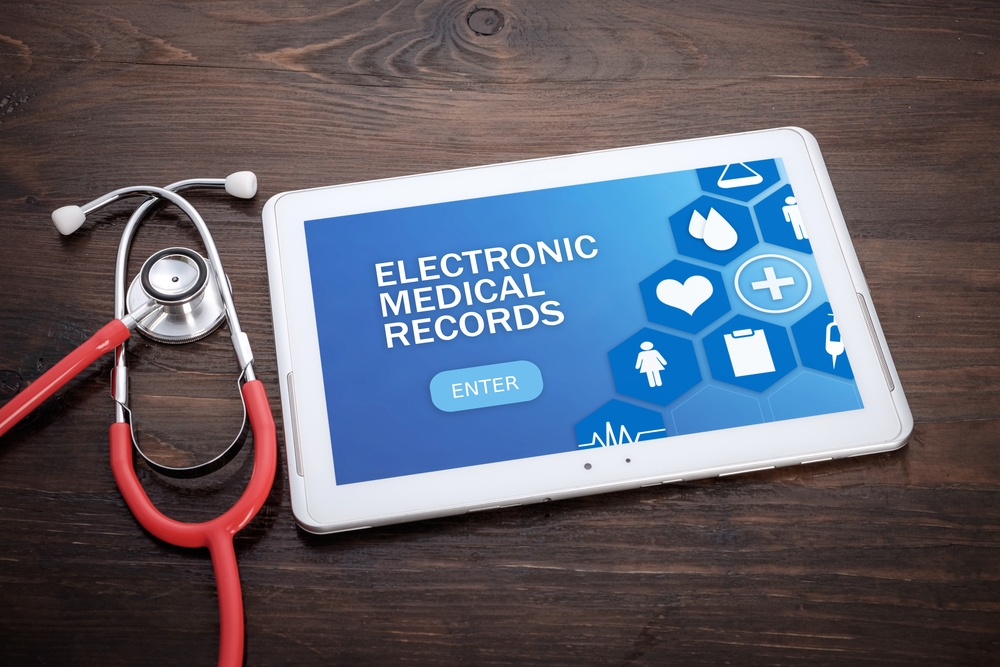
Electronic Health Records (EHRs) were designed to streamline healthcare, improve patient care, and reduce paperwork for medical professionals. While they have transformed how patient information is stored and shared, EHRs are not without risks. In some cases, system errors, data entry mistakes, or miscommunication between healthcare providers can lead to serious medical harm.
At The Law Offices of Andres, Berger & Tran, we have seen firsthand how EHR-related errors contribute to medical malpractice cases. When mistakes in digital records lead to misdiagnoses, medication errors, or delayed treatment, patients may suffer severe consequences.
This article explores the benefits and risks of EHRs, how these errors can impact patient safety, and what patients and healthcare providers can do to prevent them. If you or a loved one has been harmed due to an EHR-related medical error, knowing your legal options is essential.
How EHRs Have Changed Healthcare
Electronic Health Records replaced traditional paper charts, allowing medical professionals to access and update patient information instantly. In theory, this should lead to faster, safer, and more coordinated care.
Key Benefits of EHRs:
- Easier Access to Patient Information: Doctors can quickly review medical histories, prescriptions, and test results, leading to faster diagnoses and better treatment decisions.
- Better Coordination Between Providers: Specialists, primary care doctors, and hospitals can share updates in real time, reducing miscommunication and medical errors.
- Less Administrative Work: Automating record-keeping reduces paperwork and manual data entry, allowing medical staff to focus more on patient care.
Despite these advantages, EHRs are not without flaws. The very systems designed to prevent errors can sometimes introduce new risks, potentially leading to serious medical mistakes.
How EHR Errors Happen
EHR-related mistakes can result from human error, software glitches, or system limitations. These errors can affect medications, diagnoses, and treatment plans, sometimes with life-threatening results.
Common Causes of EHR Errors:
- Data Entry Mistakes: Typos or incorrect information in a patient’s record (such as wrong dosages or missing allergies) can lead to serious prescription errors.
- Technical Glitches & System Failures: Software crashes or unsaved updates can cause missing or outdated medical records, delaying urgent treatments.
- Interoperability Problems: Not all EHR systems communicate effectively with each other. If records don’t sync properly, critical patient information can be lost during transfers between hospitals or specialists.
- Alert Fatigue: Many EHR systems overuse warning alerts, causing doctors and nurses to become desensitized and ignore important notifications, such as drug interaction warnings.
These issues highlight why healthcare providers must be vigilant when using EHRs – and why patients should also take an active role in reviewing their medical records.
The Real-World Impact of EHR Mistakes
Errors in electronic health records can have serious consequences, from minor inconveniences to catastrophic medical events.
Examples of EHR-Related Errors:
- Medication Mistakes: A patient is prescribed a drug they are allergic to because their allergy wasn’t properly documented in the EHR.
- Delayed Diagnoses: A critical test result doesn’t show up in a patient’s record due to a system error, delaying treatment for a serious condition like cancer.
- Unnecessary Testing & Procedures: A hospital orders duplicate lab tests because the patient’s previous results weren’t accessible, leading to higher costs and unnecessary risks.
While these errors may seem avoidable, they happen far too often – and when they result in patient harm, they may become grounds for a medical malpractice claim.
When Can an EHR Error Lead to a Medical Malpractice Case?
For a medical malpractice claim to be valid, a patient must prove that a healthcare provider’s mistake – including an EHR-related error – directly caused harm.
Four Key Elements of a Medical Malpractice Case:
- Duty of Care: The provider had a responsibility to give proper medical care.
- Breach of Duty: The provider failed to meet the standard of care, either through negligence or error.
- Causation: The error directly resulted in harm to the patient.
- Damages: The patient suffered physical, financial, or emotional harm due to the mistake.
Example Scenario: EHR Error & Malpractice Claim
Imagine a hospital’s EHR system does not properly update a patient’s medication list, failing to reflect that they are taking a blood thinner. During surgery, the provider is unaware of this critical detail, leading to excessive bleeding. If this omission resulted from negligent record-keeping or lack of proper review, the patient may have a valid medical malpractice claim.
How Healthcare Providers Can Reduce EHR Errors
Hospitals and medical professionals must take proactive steps to minimize EHR-related mistakes and improve patient safety.
Best Practices for Preventing EHR Errors:
- Train Staff Properly: Ensure that doctors, nurses, and medical assistants know how to use EHRs correctly and recognize potential risks.
- Regularly Audit Records: Routine checks of patient files can catch errors before they lead to harm.
- Improve EHR System Design: Work with vendors to simplify interfaces, reduce unnecessary alerts, and make critical information more visible.
- Encourage Communication: While EHRs improve patient care, healthcare providers should verify critical details through direct communication to reduce preventable mistakes.
What Patients Can Do to Protect Themselves
While healthcare providers bear responsibility for accurate medical records, patients can also take steps to help ensure their information is correct.
How to Stay Proactive About Your Medical Records:
- Request Copies of Your Records: Regularly check your medical history, medication lists, and test results for accuracy.
- Speak Up About Errors: If something doesn’t look right, notify your doctor immediately.
- Ask Questions: Don’t hesitate to ask about your treatment, prescriptions, and any alerts in your medical file.
Example Scenario: Patient Identifies an EHR Error
Let’s imagine a scenario where a patient reviewing their medical records notices that a discontinued medication is still listed as active in their file. Recognizing the potential for confusion, they bring it to their doctor’s attention. By correcting the record, they help prevent future prescription errors and ensure their treatment plan is up to date.
Have You Suffered Due to an EHR-Related Medical Error? Andres, Berger & Tran Can Help
Electronic health records were meant to improve patient care, but when errors in these systems lead to misdiagnoses, medication mistakes, or treatment delays, the consequences can be life-changing. If you or a loved one has suffered harm due to an EHR-related medical mistake, you may have legal options.
At The Law Offices of Andres, Berger & Tran, we understand the complexities of medical malpractice cases involving digital record errors, healthcare provider negligence, and patient safety violations. Our firm is dedicated to holding negligent parties accountable and securing the compensation you deserve.
Call us today at 856-317-6558 or fill out our contact form for a free consultation. We’ll review your case, explain your legal options, and guide you through the next steps.
We proudly represent clients in Haddonfield, Cherry Hill, Voorhees, Camden, and throughout New Jersey.
Disclaimer: This blog is for informational purposes only and does not establish an attorney-client relationship. For personalized legal advice, please contact our office.
